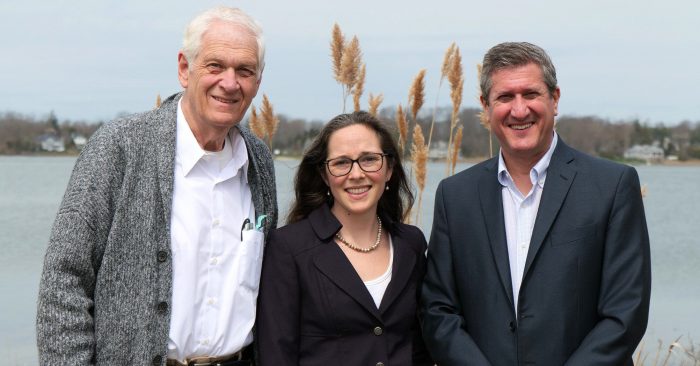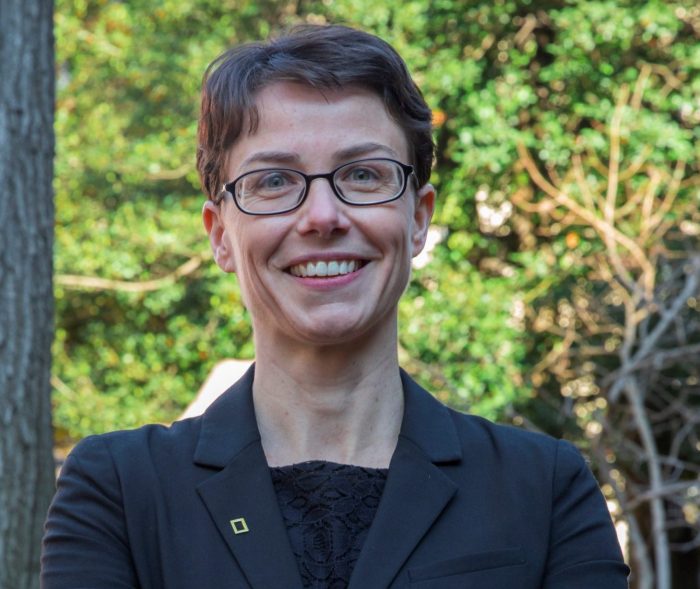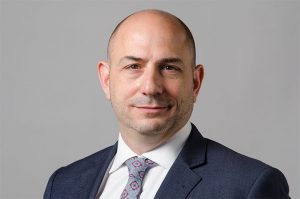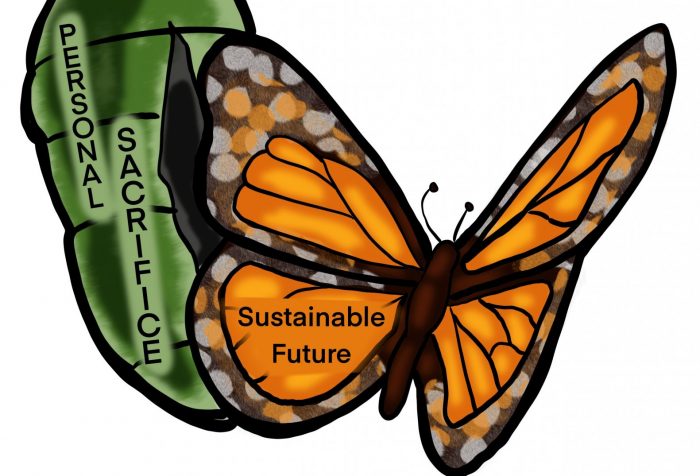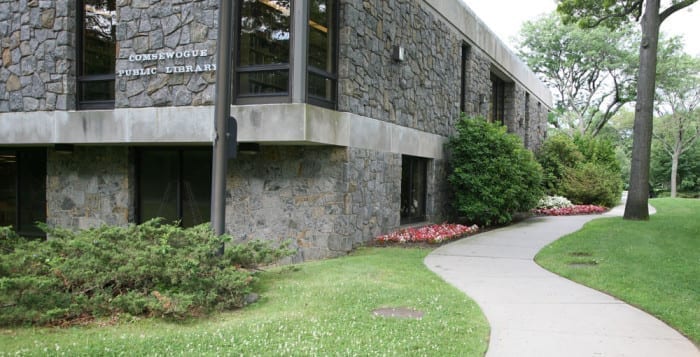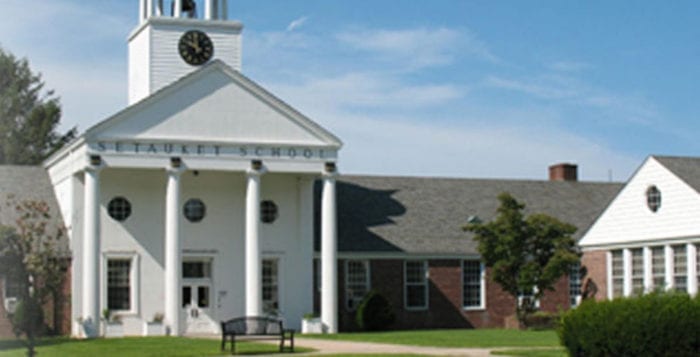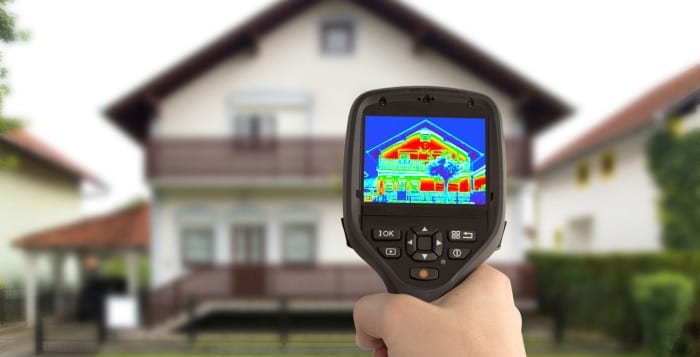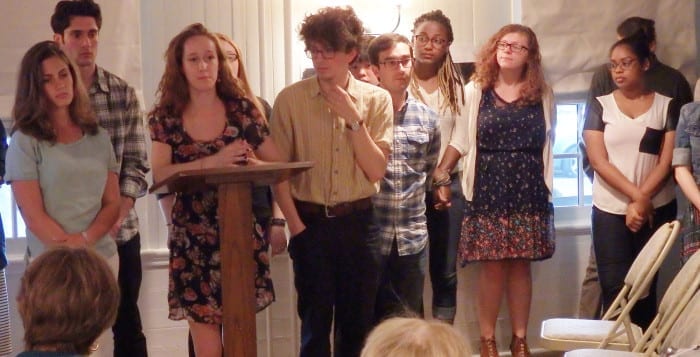By Sabrina Artusa
Rebecca Kassay (D), current Port Jefferson trustee and deputy mayor, will be running for election to the New York State Assembly as the representative of District 4, which consists of Port Jefferson, Stony Brook, Setauket, Belle Terre, Old Field, Poquott, Port Jefferson Station, Terryville, Coram and Gordon Heights.
In addition to her work as an elected official, Kassay was a youth program director at Avalon Park and Preserve in Stony Brook and the owner of the Fox and Owl Inn in Port Jefferson.
Kassay received an endorsement from county Legislator Steve Englebright (D-Setauket), the assemblyman for District 4 from 1992 to 2022 when he was defeated by Ed Flood (R-Port Jefferson), as well as Town of Brookhaven Councilmember Jonathan Kornreich (D-Stony Brook).
“With Rebecca’s experiences and deep understanding of the many overwhelming issues facing our communities, I am certain that she will be effective on day one in the Assembly,” Englebright said in a statement.
Kassay said that she and Englebright share an interest in the environment, if elected, she intends to continue his environmental efforts, including the Packaging Reduction and Recycling Infrastructure Act, which holds companies responsible for the waste they produce through their packaging.
With a degree in environmental studies and over a decade of experience working on environmental conservation projects, Kassay believes that environmental sustainability is a necessary consideration behind any decision. “The fiscal side of decision-making is on the top of the list of priorities,” she said, adding that, “Environmental responsibility is fiscal responsibility.”
As someone from a science background, facts and trends shape her views rather than the “fearmongering” political approach she said is commonplace. That is why she hopes to carry the ideals of community-rooted, nonparty politics of local legislation to the state level.
“Here are the real issues, and we are going to work together to fix them,” she said, describing her approach to leading. “It is fear versus pragmatism — I don’t want to call it hope [because] I know we can get this done.”
Some of the issues include more efficient transit systems, more affordable housing, securing sufficient funding, affordable health care and maximizing the worth of every dollar to the community’s benefit.
“She has gained authentic experience as a longtime business owner, a member of community organizations, an environmentalist and as an elected representative, and I’m confident she has the real-world experience to be an impactful and successful member of the NYS Assembly,” Kornreich said.
Being grounded in the community is a foundational value in Kassay’s view of leadership, and it is something she plans to do by keeping in close communication with local officials and strengthening the relationships between offices, organizations and nonprofits.
Municipalities across Suffolk County struggle with inefficient transportation and oppressive traffic, and District 4 is no exception. Kassay, like many other officials, hopes to alleviate the burden of transportation.
At the end of her first term, if she is indeed elected, Kassay said she wants to feel “confident that the community knows I am there for them.” A resident herself, Kassay acutely feels Flood’s absence from local events — events she considers are opportunities “to better understand the community.”
“Through all those different experiences — working with the environment, having a business, being elected and working on the legislation — I have seen how important it is to have effectively engaged officials on all levels,” she said.
There will be a Democratic primary election on June 25 for Kassay against Skyler Johnson of Port Jefferson Station.

